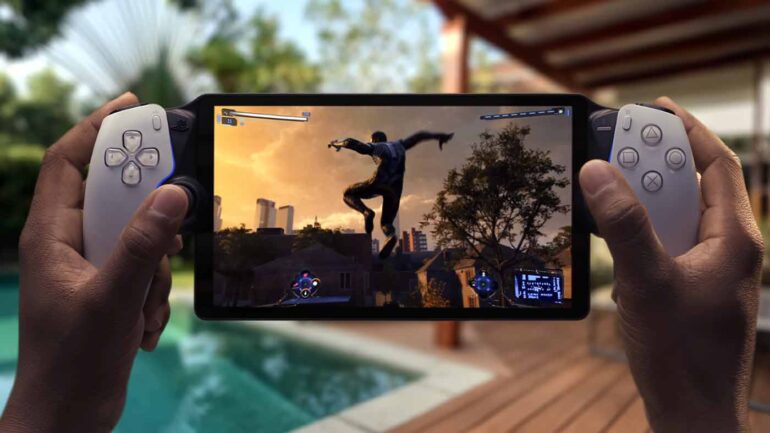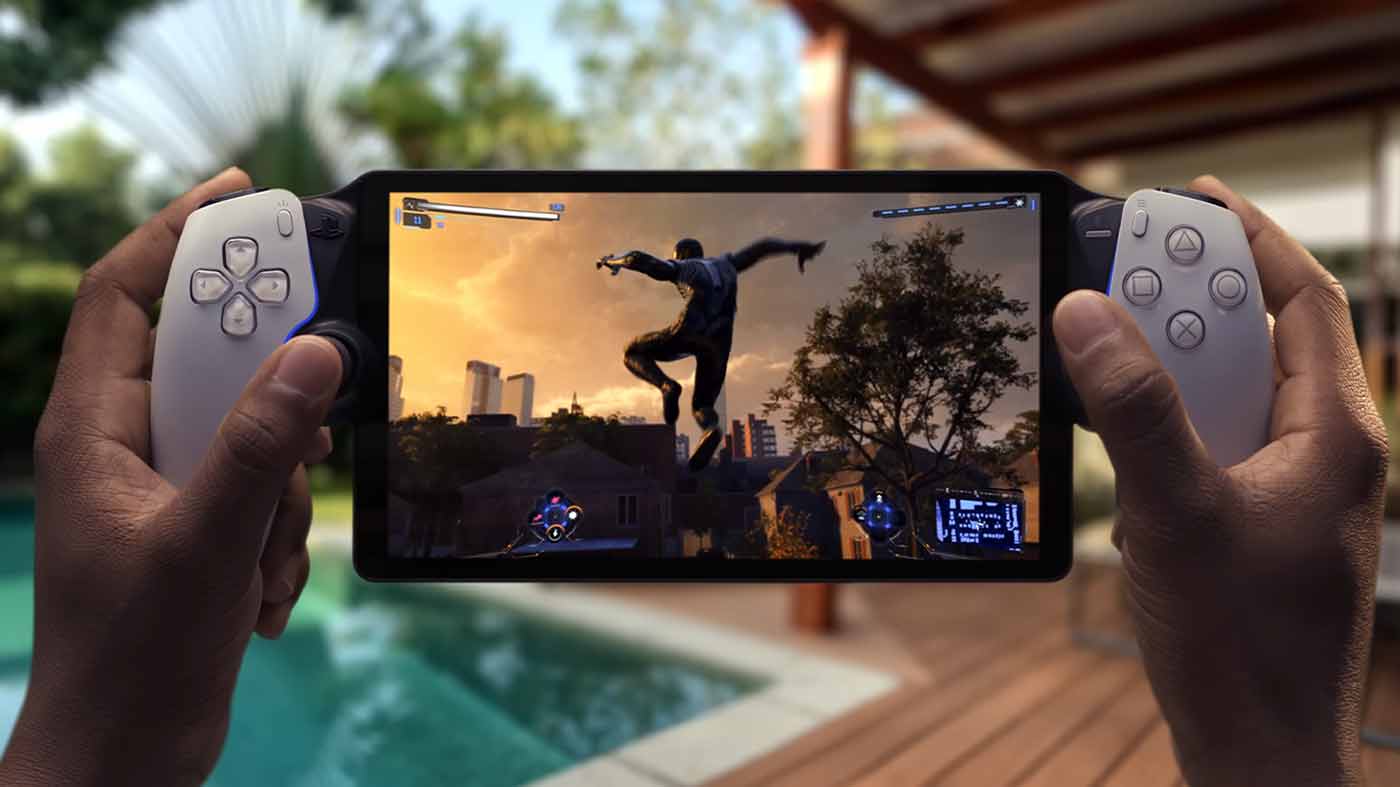Ever since PlayStation revealed its shiny new handheld gaming device, the PlayStation Portal, to be less of a PSP/Vita successor and instead simply a dedicated PS5 Remote Play gadget, there’s been ongoing discussion over just who the Portal is for. With remote play already possible on numerous other devices, forking out $329 for a WiFi-only solution that offers up absolutely no other functionality seemed too much to swallow for some. There is merit to having a streamlined, dedicated way to quickly pick up your PS5 games around the house though, especially when the alternatives are fumbling with extra phone attachments and draining your phone battery faster, so if the Portal worked it could be a quiet game-changer.
After having spent a good amount of time switching between playing PS5 games on my TV and picking up my progress on the Portal, I’m happy to say that it’s the first remote play solution that’s been seamless, reliable and comfortable enough that I actually want to use it on a regular basis. It still might not be the perfect device for absolutely everybody, and it has its quirks, but it’s a decent start.
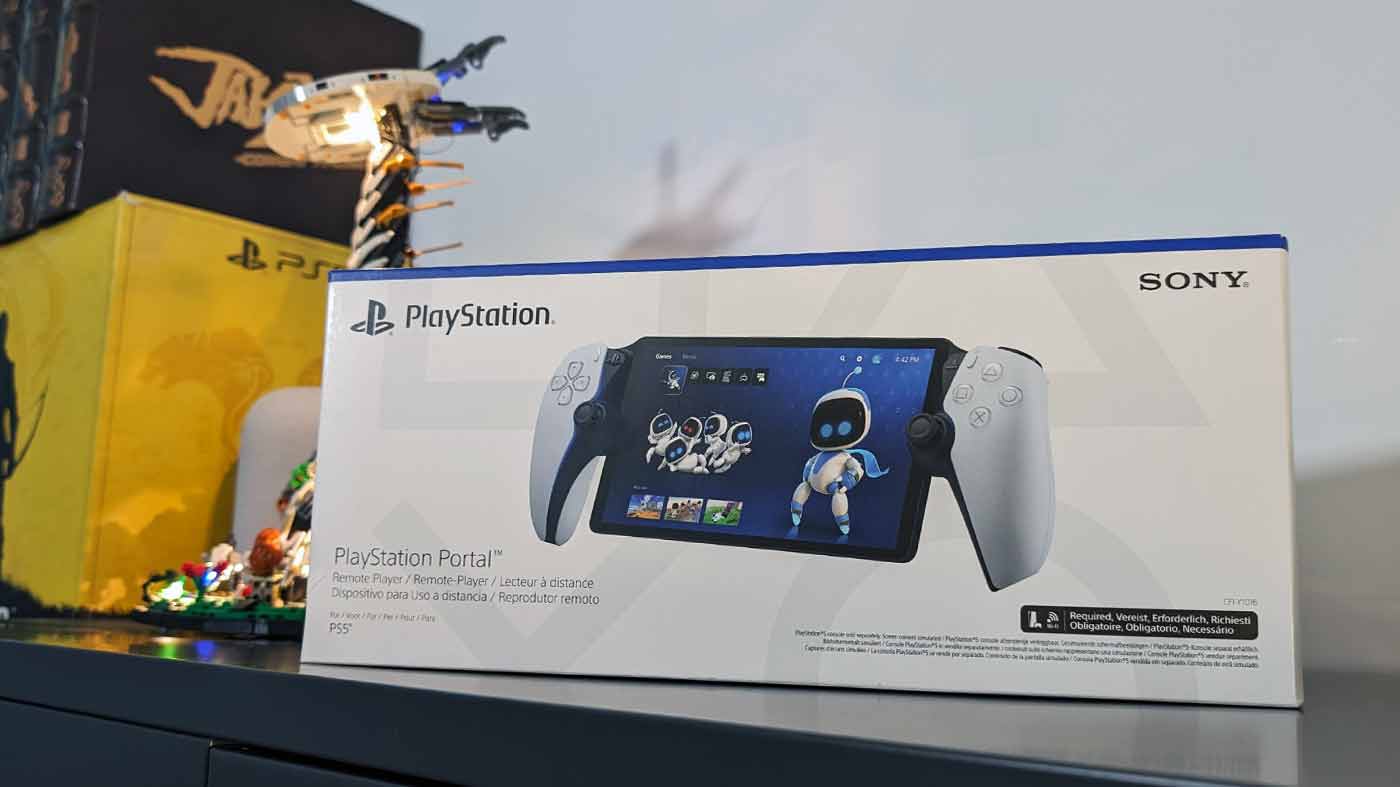
Setting up the Portal was super fast and as simple as switching it on, signing into your PSN account with a QR code and then connecting to your console. Following the first-time setup it’s even easier, with just one touch to connect to your PS5 any time you decide to pick up the Portal and play. If you’re lucky enough to have one of the new PlayStation Pulse products, pairing those is also incredibly quick thanks to PlayStation’s fancy new Link technology. Syncing up my Pulse Explore buds was as easy as pressing the Link button on both products and away I went. I do hope Sony’s got multi-account connectivity lined up in the future so that my partner and I can share the Portal without having to re-login each time, though.
Hands-down the PlayStation Portal’s biggest success is in its form factor, which in the most simple terms is a PS5 DualSense controller split in two with a big display in the middle. It’s a lot more elegant than it sounds though, with a seamless design that looks and feels incredibly sleek and solid. The controller grips aren’t a complete match for a DualSense, with the PlayStation and microphone mute buttons moved to an upper portion of either side, and the analogue sticks are smaller (seemingly the same size as the ones on the PS VR2’s Sense controllers) but you’re otherwise getting the same great comfort levels along with the DualSense’s unique immersive features like detailed haptic feedback and adaptive triggers.
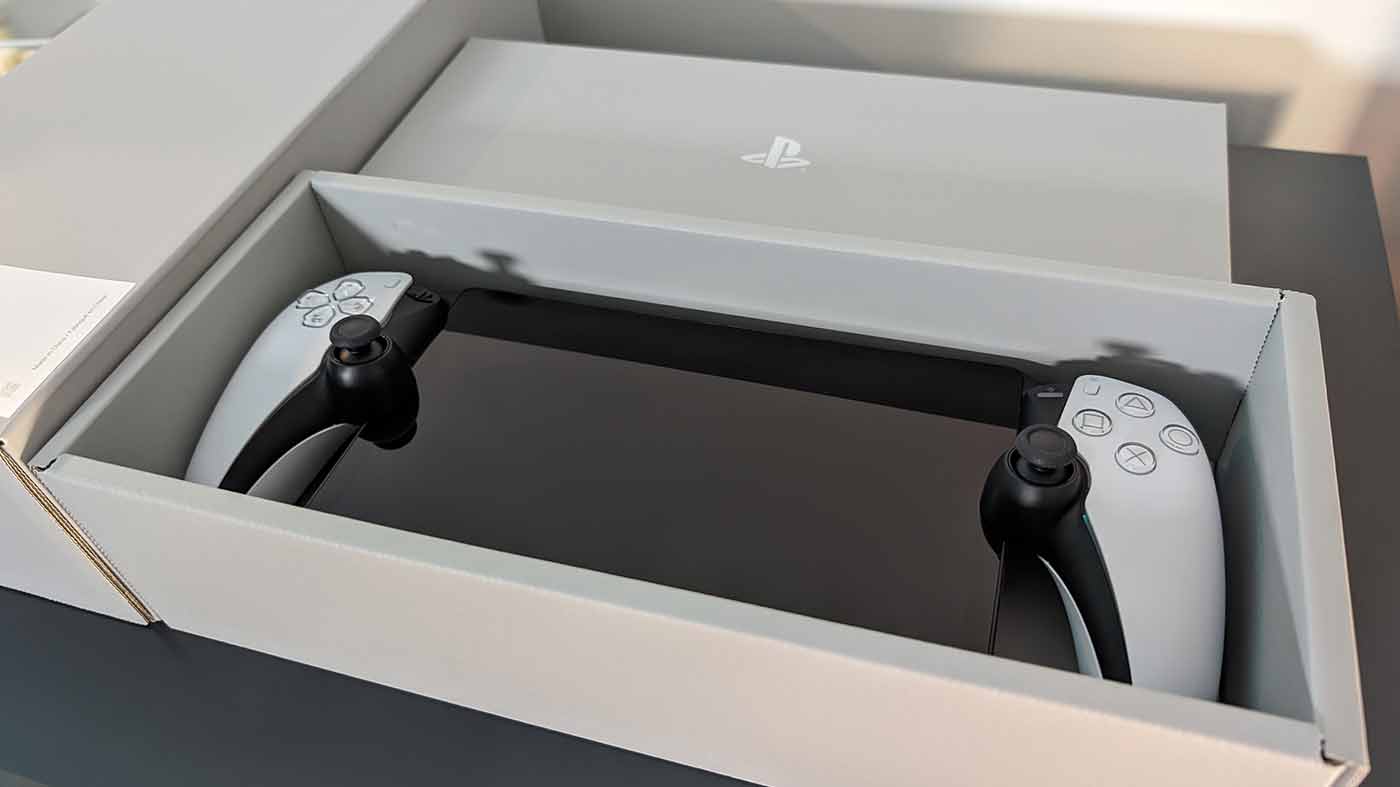
The only slight bit of awkwardness comes with the touchpad functionality being moved to the screen itself, which works fine for anything that just uses the touchpad as an extra button but can be trickier if you need to do any precise touches or swiping mid-gameplay. It’s the same solution that mobile controller attachments like the Backbone use, and it still seems like the most appropriate one, but it’s worth pointing out. At the end of the day, the Portal feels great in the hand and is far better and more approximate a PS5 control experience than any third-party solution. It’s a minor thing, but I also think the more prominent LED lighting on each side of the controls looks quite handsome.
The 8″ 1080p 60Hz screen that makes up the face of the Portal is equally excellent. It’s big, bright and fairly vibrant. It’s not an OLED display, so the blacks are less deep and the colours less intense than some high-end phones or the most recent iteration of the Switch, but it surprised me with how good it is all things considered and the size gives it a major advantage against any phone-based solution without being so big that it’s cumbersome. The internal speakers are also pretty good, coming through fairly crisp and loud. All that screen doesn’t seem to be too taxing on the Portal’s battery, either. I typically get around 4-5 hours of use with the screen at 100% brightness, and it’s juiced back up in a couple of hours plugged into my PS5 with the included USB-C cable.
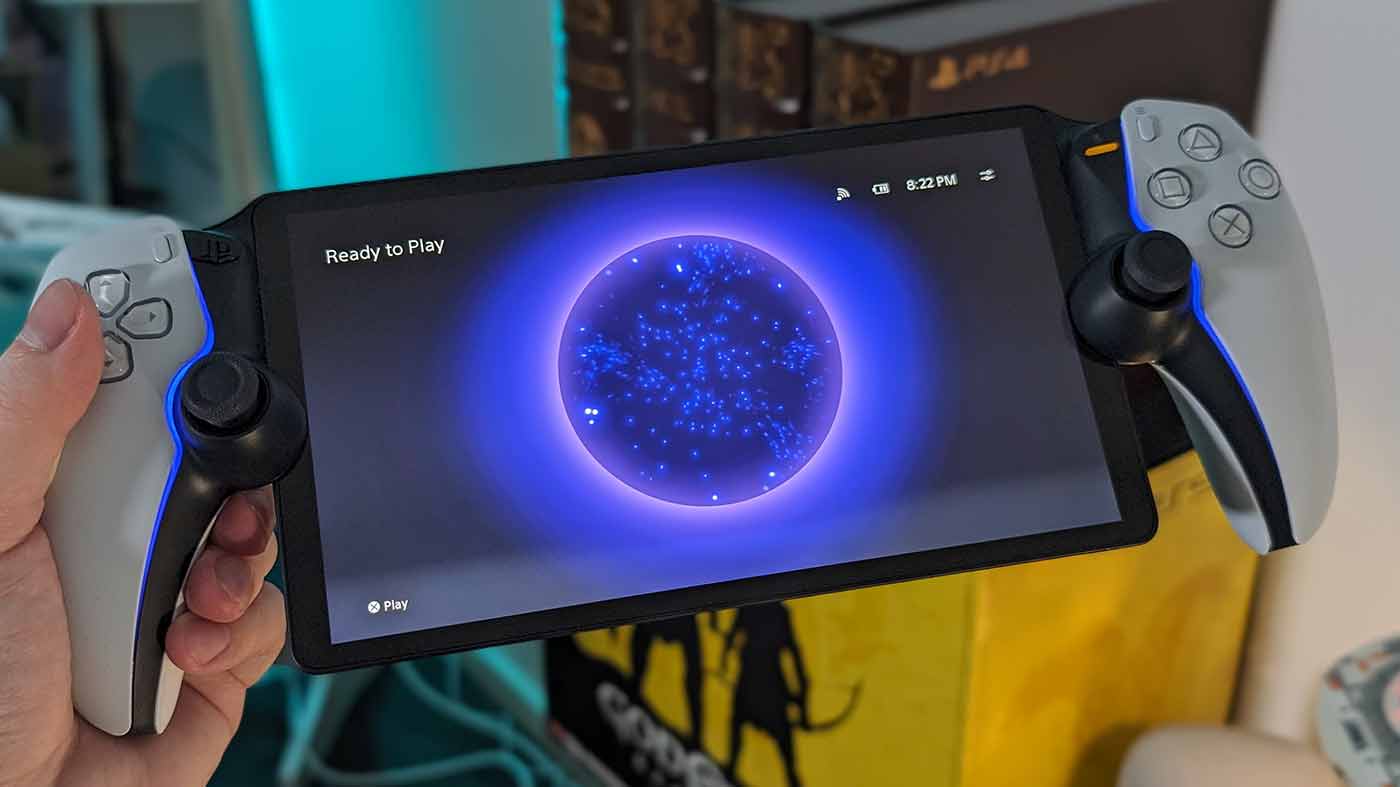
Of course, for all of the success on the external hardware side of things, the Portal is strictly a remote play device and that means that its utility hinges entirely on the network connecting it to your PS5 console. That’s a hard thing to review given everyone’s network setup and environment is going to be vastly different, but in my own experience it’s been just as solid as what I get from connecting via my phone or PC, in some ways even better. The winner is reliability, I’ve had absolutely no disconnects or even freezes when playing on my home network which is made up of a couple of eero 6 WiFi points and my PS5 connected to the main point via ethernet. I’ve had minor moments where the visual quality temporarily drops a little but the vast majority of the time I’ve had the full 1080p60 display.
That said, the added latency introduced with remote play isn’t always ideal. It’s fine in slower-paced or more cinematic games, but I had a lot of trouble getting into fast-paced action titles or first-person shooters where it was noticeable that quick button presses or camera movements were happening on a delay. Again, this is normal remote play stuff but if there was going to be one major selling point for the Portal it really should’ve been a better connectivity solution. It feels like PlayStation Link could’ve had the magic in it somewhere to make this a more direct, WiiU Gamepad-like deal. At the very least, up-to-date WiFi tech might have helped – as it stands the best you get on the Portal is WiFi 5 which is theoretically enough to support the PS5’s 1080p60 streaming output but is still puzzlingly dated for a WiFi-only device designed for streaming video games.
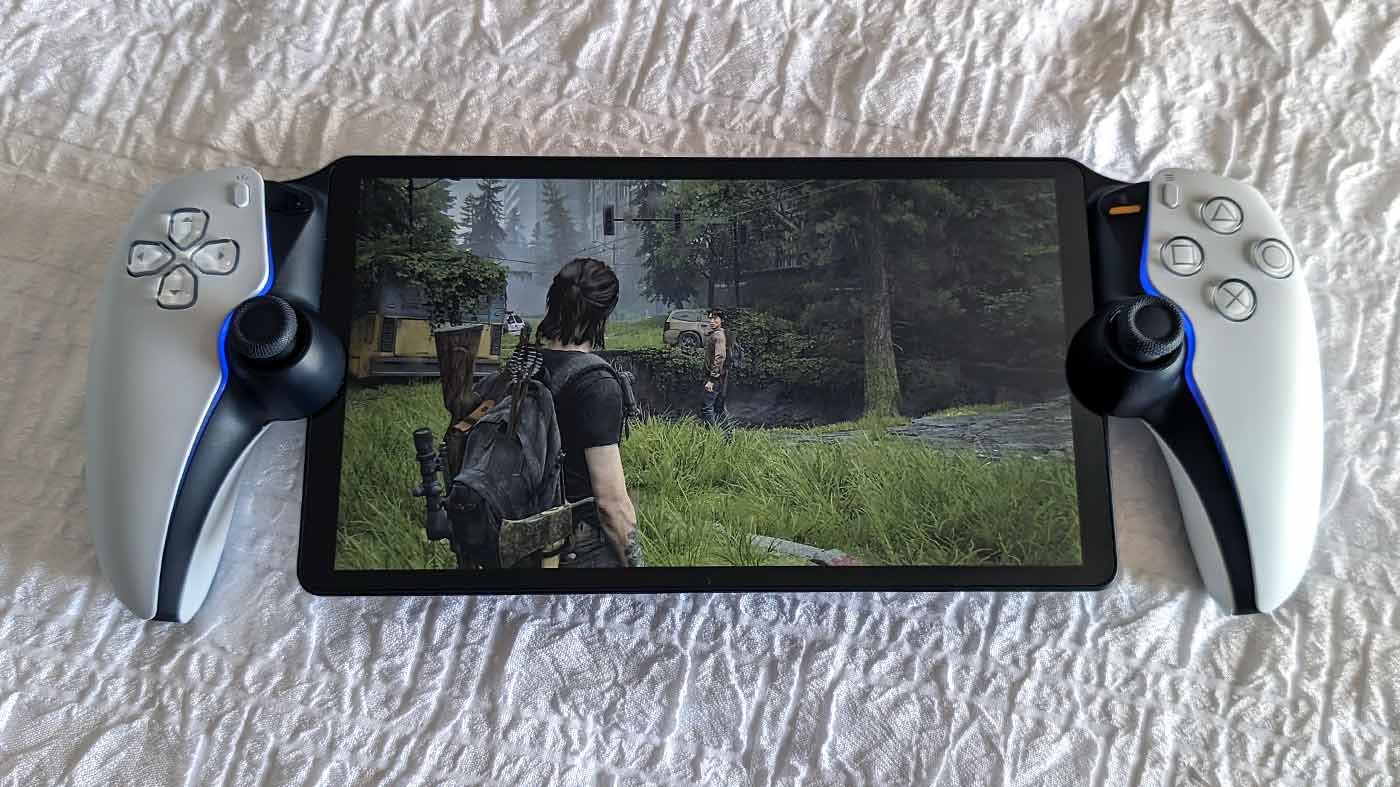
All said, the Portal works surprisingly well with what it has. Creating a device that works perfectly across every possible version of a user’s network was always going to be an impossible task, so it could certainly have been worse. I do wish there was some sort of network diagnostic option in the system menu that could help point users to any potential issues, because as it stands if you do run into any problems it’s pretty much a guessing game of whether it’s your network hardware, another device sucking up the bandwidth or just your router’s emotional state at any given time.
I also held off publishing this review right away, knowing I had a trip to the US coming up, and could put the Portal to the ultimate test by using it to play my PS5 on the other side of the world. I don’t think anyone would expect to get a good result out of streaming a video game from Melbourne to LA, but with the Portal tethered to my phone it was shockingly playable. Video quality wasn’t quite as good and the latency increased to the point that I probably wouldn’t use it for most titles, but I still had no hitches or disconnects and as an experiment borne of morbid curiosity I’m genuinely stoked at the result. It did highlight one pain point for anyone who does hope to play their Portal on a trip, which is that it’s not possible at all to connect to any WiFi network requiring a login via browser, sadly ruling out the majority of hotel networks.
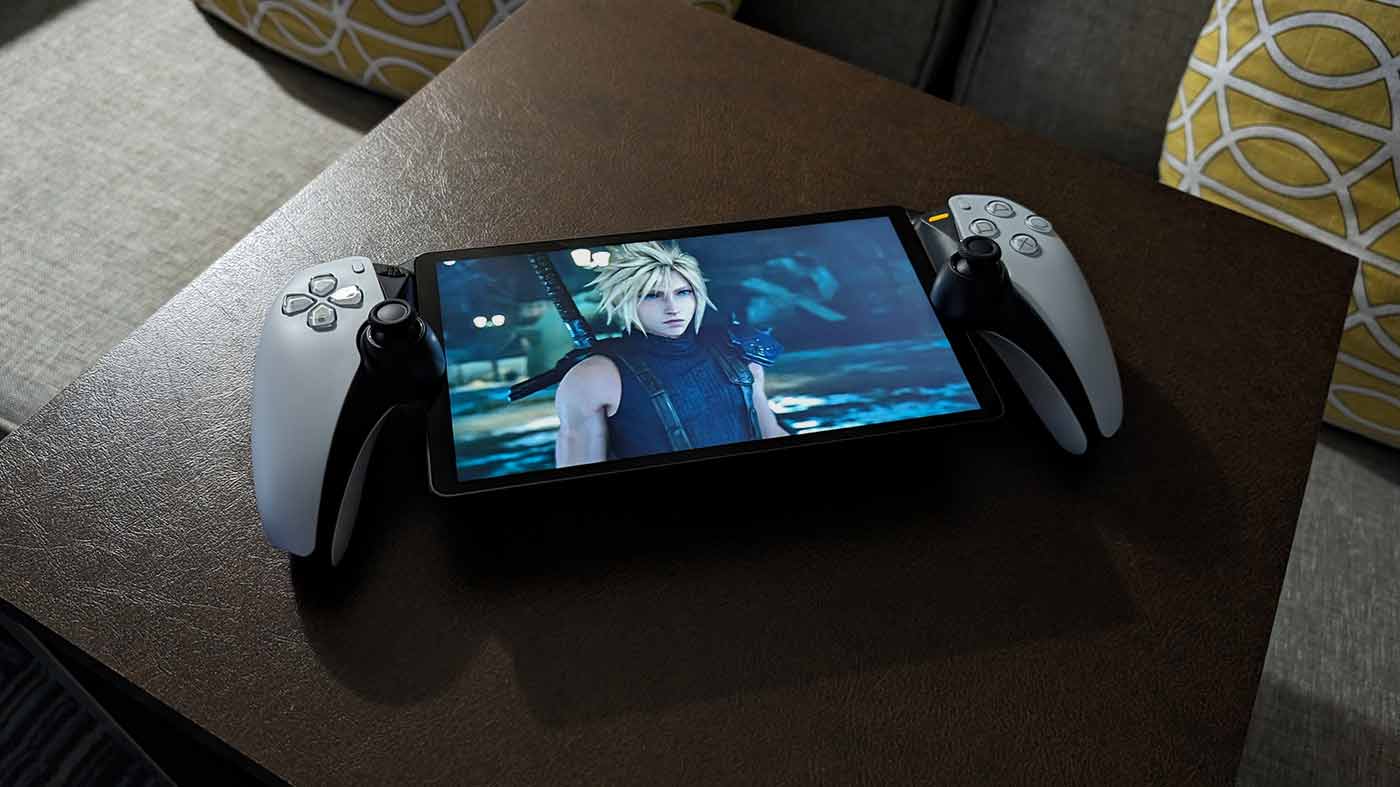
Also frustratingly missing is any kind of Bluetooth connectivity for headphones, limiting your options to plugging in via the 3.5mm headphone jack or using one of those aforementioned Pulse devices using the new Link technology. It makes some sense given Bluetooth is likely to add extra audio latency to the existing WiFi latency, but more options is always a good thing.
Despite some missteps though, the PlayStation Portal has still been my favourite way to get into PS5 Remote Play around the house. If what you’re looking for is the most comfortable, seamless and dedicated way to play your games from another room, that’s exactly what’s on offer here.


